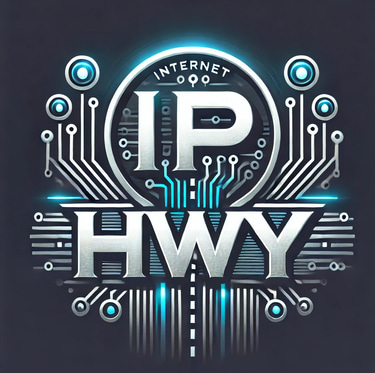The Profound Role of Pi in Modern Technology and Cybersecurity !
Jim Leone
3/14/20252 min read
Pi is one of the most well-known mathematical constants, with its infinite, non-repeating decimal sequence making it a subject of fascination for mathematicians and scientists alike. However, beyond its theoretical intrigue, pi has a profound impact on technology, IT security, and various modern applications that power our digital world. This article explores how this seemingly simple number is deeply embedded in the core of cryptography, cybersecurity, networking, artificial intelligence, and beyond.
Pi in Cryptography and Cybersecurity
The unpredictability of pi’s digits makes it an excellent candidate for generating random numbers, a crucial aspect of encryption algorithms. Many security systems rely on random key generation, and pseudo-random number generators (PRNGs) sometimes incorporate pi’s digits to ensure variability and unpredictability.
Additionally, pi is relevant in hash functions, where unique digital signatures are created to secure sensitive information. Since hashing involves deterministic yet seemingly random outputs, the non-repeating nature of pi helps in constructing more robust cryptographic hashes.
Furthermore, anomaly detection systems in cybersecurity leverage mathematical models, often incorporating π in probability distributions, to recognize unusual activities within a network. This is particularly useful in intrusion detection systems (IDS) and SIEM platforms, where detecting anomalies is essential to mitigating cyber threats.
Pi in Data Science and AI
Machine learning and artificial intelligence (AI) models frequently use Gaussian distributions, which rely on π in their fundamental equations. These distributions help AI systems process natural language, classify data, and improve neural network efficiencies.
In AI-driven cybersecurity solutions, pi is used in pattern recognition algorithms to identify malware, phishing attempts, and network intrusions. Moreover, in fraud detection, financial institutions apply mathematical models that integrate pi’s properties to analyze user behavior and predict fraudulent transactions.
Pi’s Role in Networking and Communications
Pi plays a vital role in networking, particularly in signal processing and data transmission. Fourier transforms, which break down signals into sinusoidal components, rely on π in calculating wave functions for applications like:
Wi-Fi and 5G communications
Fiber optic networking
Audio and video compression (MP3, JPEG, and PNG encoding)
In GPS systems, pi is fundamental in geospatial calculations, helping determine precise locations by using triangulation techniques. Without pi, modern location tracking and satellite positioning would not function accurately.
Pi in Engineering and IT Infrastructure
Cloud computing infrastructure and data center cooling models use thermodynamic equations involving pi to optimize energy efficiency and heat dissipation. This is crucial in ensuring the smooth operation of server farms and high-performance computing (HPC) clusters.
Moreover, in quantum computing, pi appears in Schrödinger’s equation, which describes quantum states. Since quantum encryption is becoming a frontier in cybersecurity, the role of pi in ensuring secure communications via quantum key distribution (QKD) is significant.
Pi in Digital Forensics and Anomaly Detection
Digital forensics relies on mathematical analysis of data patterns to uncover cybercrimes. Investigators use pi-based statistical models to identify data manipulation, timestamp anomalies, and hidden patterns in forensic evidence.
Additionally, in anomaly detection for SOC operations, pi-based formulas help establish baselines for normal behavior, enabling SOC analysts to detect security breaches and malicious activities in real-time.
Pi in Computer Graphics and Game Development
In video game development and 3D rendering, pi is essential for constructing rotation matrices, calculating camera angles, and generating realistic physics simulations. Whether it’s rendering lifelike movements in virtual reality (VR) or designing complex environments in ray tracing engines, π helps make modern graphics possible.
Pi is much more than a mathematical curiosity; it is deeply intertwined with modern technology, cybersecurity, AI, networking, and IT infrastructure. From securing digital communications to powering AI-driven security systems, π is a silent but essential force driving technological advancements. As our reliance on digital systems grows, so too will the significance of pi in shaping the future of IT and security.
Understanding the intricate role of pi across multiple technological disciplines underscores how this seemingly simple number is a fundamental pillar of the digital age.
The IP HighWay
Stay updated with the latest IT security news.
info@iphwy.com
© 2025. IPHwy LLC. All rights reserved.



